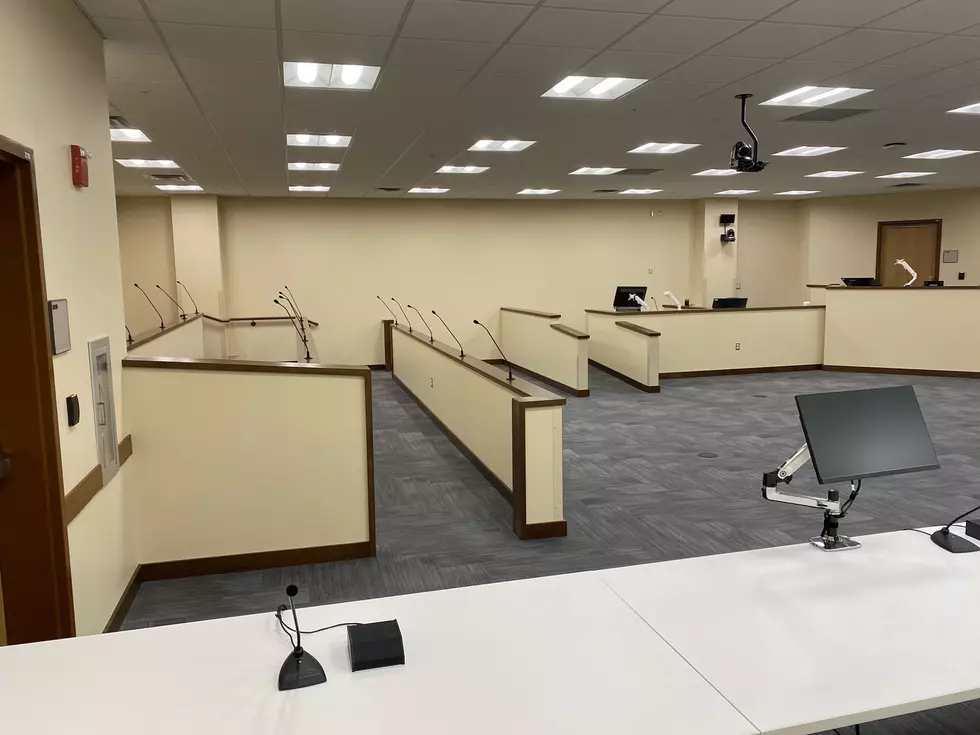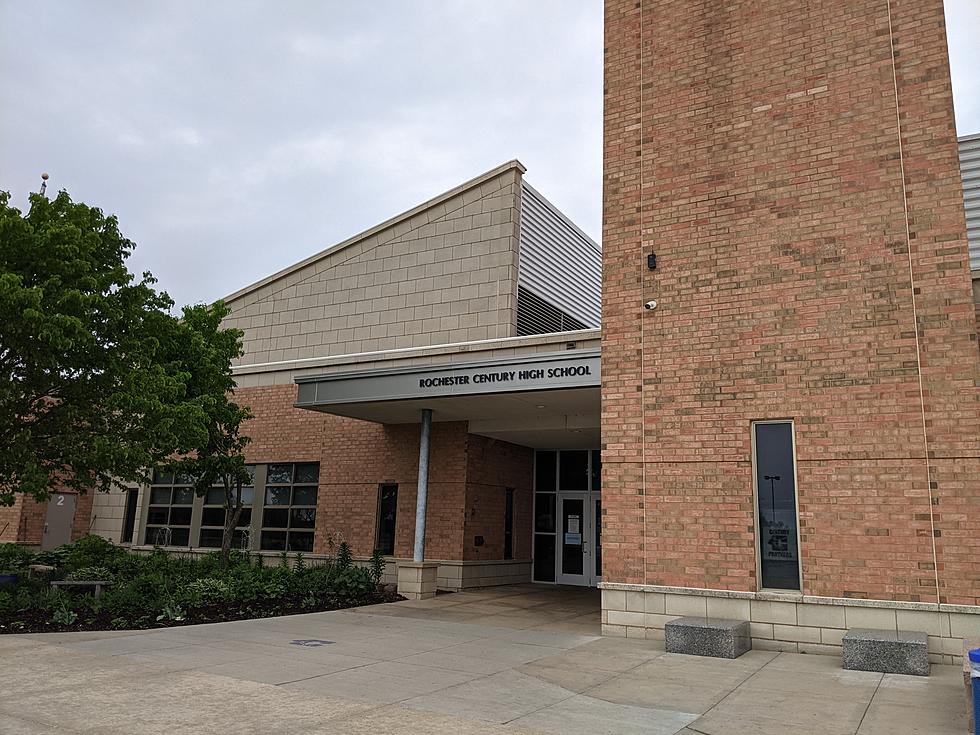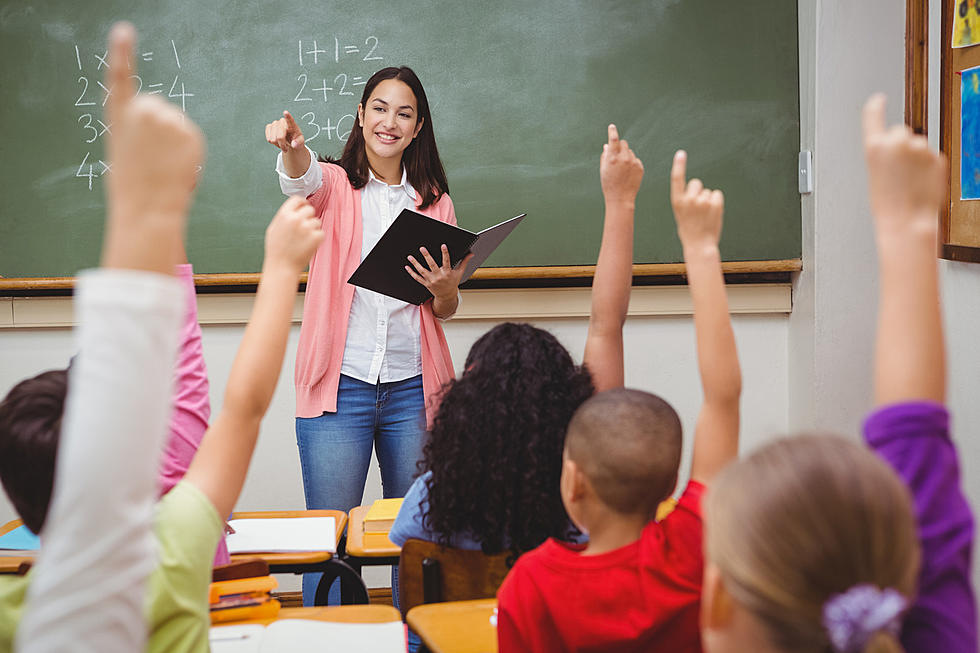
Rochester Students Lower Than State Average in Math and Reading
Rochester, MN (KROC AM News) – A new report on Minnesota’s public education system shows students in Rochester Public Schools scored lower than the state average in reading and math.
In reading, nearly 56-percent of RPS students met or exceeded the standards. The state average was 58-percent.
In math, about 49-percent of RPS students met or exceeded the standards, compared to the state average of 54-percent.
The North Star Report also includes the 4-year graduation rate. The RPS rate was 87-percent. The state average was 83-percent.
The academic achievement rate is determined by the Minnesota Comprehensive Assessment (MCA). The reading and math MCA is given to all RPS students in grades three through eight. In grade 10 the MCA is administered in reading only and in grade 11 the MCA is administered in math only.
The North Star Report is the statewide accountability system that focuses on creating transparent and easy to understand school-level indicators. It is designed to measure school performance across academic achievement and progress, English language development, graduation, and attendance.
“The District utilizes several types of data to assess our students and to build equitable experiences for all students,” said RPS Superintendent Muñoz. “State test scores are one piece of data but do not show the full scope of work that our teachers, administrators, and students are doing on a daily basis.”
According to a district news release, RPS has a keen focus on social and emotional learning, culturally and relevant teaching, rigor and relevant lessons, and positive interventions and behavior supports. “Our community told us what was important for graduates when we were developing the Graduate Profile, and at the top of that list was social and emotional learning (SEL),” said Muñoz. “The research overwhelmingly shows the linkages among SEL, student outcomes, and school performance. We know if students feel good about themselves and school, their academic achievement will increase.”
The report also shows that persistent gaps between student groups statewide remain largely the same from 2018 to 2019.
More From KROC-AM









